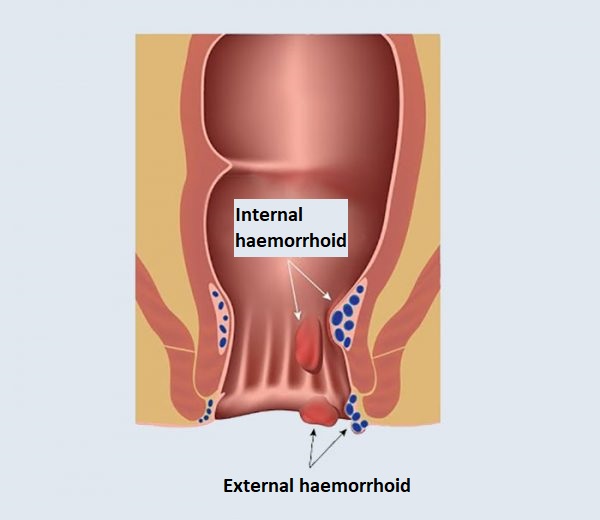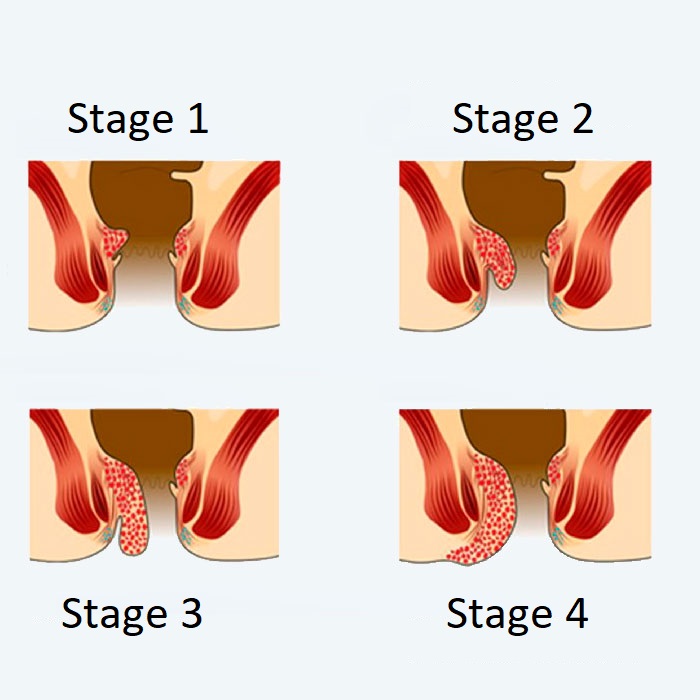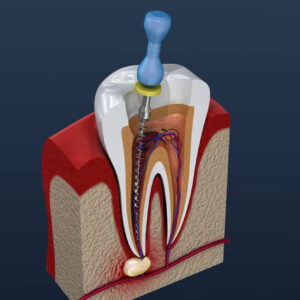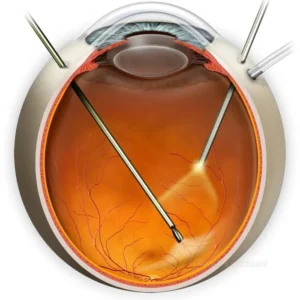Description
Familiarity with Treatment
Traditional hemorrhoidectomy is a surgical procedure performed to remove hemorrhoids, which are enlarged blood vessels in the anus that can cause discomfort, pain, and bleeding. It is considered an effective treatment option for individuals who experience persistent or severe symptoms of hemorrhoids.
Procedure
During a traditional hemorrhoidectomy, the surgeon removes the hemorrhoids using various techniques, such as excision, ligation, or stapling. The specific technique used may depend on the size and severity of the hemorrhoids. The procedure is typically performed under anesthesia, and the patient may be given pain medication to manage postoperative discomfort.
Who is it Suitable For?
Traditional hemorrhoidectomy is suitable for individuals who have persistent or severe symptoms of hemorrhoids that do not respond to conservative treatments, such as lifestyle modifications, topical medications, or minimally invasive procedures. It is usually recommended for individuals with larger or more advanced hemorrhoids.
Who is it Not Suitable For?
Traditional hemorrhoidectomy may not be suitable for individuals who have contraindications to surgery or those who are unable to tolerate anesthesia. The decision to undergo a traditional hemorrhoidectomy is made on a case-by-case basis, considering the individual’s overall health and specific circumstances.
Advantages
The advantages of traditional hemorrhoidectomy include:
- Effective removal of hemorrhoids, providing long-term relief from symptoms.
- Suitable for larger or more advanced hemorrhoids that may not respond to other treatments.
- Potential for a permanent solution to hemorrhoid-related problems.
Complications
Complications of traditional hemorrhoidectomy can include pain, bleeding, infection, urinary retention, narrowing of the anus (stenosis), and damage to the sphincter muscles, which can lead to incontinence. However, it is important to note that complications are relatively rare, and the overall risk is generally low.
Preoperative Care
Preoperative care for traditional hemorrhoidectomy involves a comprehensive evaluation by a healthcare provider to determine the need for surgery and the most appropriate approach. This may include medical risk reduction, diagnostic tests, and discussions about the procedure, potential risks, and expected outcomes.
Postoperative Care
Postoperative care for traditional hemorrhoidectomy includes pain management, wound care, and monitoring for any signs of complications. Recovery time can vary, but most individuals can expect to return to normal activities within 1 to 2 weeks. Self-care measures during the recovery period may include staying well-hydrated, taking pain relievers, using sitz baths or warm baths, applying ice packs, and taking stool softeners to avoid constipation and straining. It is important to follow the healthcare provider’s instructions and contact the doctor with any concerns.






Reviews
There are no reviews yet.